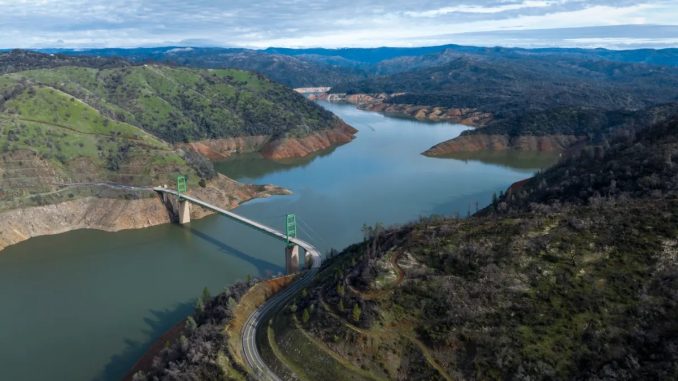
This story was produced by CalMatters, an independent public journalism venture covering California state politics and government. For more info, visit calmatters.org.
Facing an onslaught of criticism that water was “wasted” during January storms, Gov. Gavin Newsom on Monday suspended environmental laws to give the go-ahead to state officials to hold more water in reservoirs.
The governor’s executive order authorized the State Water Resources Control Board to “consider modifying” state requirements that dictate how much water in the Sacramento-San Joaquin Delta is allowed to flow into San Francisco Bay.
In January, after floodwaters surged into the bay, farm groups, Central Valley legislators and urban water providers complained that people and farms were being short-changed to protect fish. They urged state officials to store more water in reservoirs, which would increase the supply that can be delivered this summer to farm fields in the Central Valley and millions of Southern Californians.
Environmental activists say Newsom’s order is another sign that California is shifting priorities in how it manages water supply for humans and ecosystems.
They said the order will likely harm Chinook salmon and Delta smelt. Large numbers of newborn Chinook salmon have perished in recent drought years—the result of low flows in the Sacramento River and its tributaries.
Doug Obegi, a water law attorney with the Natural Resources Defense Council, called Newsom’s order the latest action in “a breakdown of law and order in the Delta.” In every critically dry year since 2012, Obegi said, the state’s flow rules and water export restrictions have been waived.
“Now, it seems, we’re going to start waiving them in average years,” Obegi said, adding that it’s the first time that the state has waived Delta outflow standards in a year that isn’t designated critically dry.
“The executive order seems to signal the governor’s intention to put his thumbs on the scale in favor of extinction in the Delta.”
The state water board’s Delta flow rules are designed to help enforce the federal and state Endangered Species Acts, which protect Chinook salmon, green sturgeon, Delta smelt and longfin smelt.
Changing the rules is “like having a speed limit in a school zone except when you’re in a hurry,” said Jon Rosenfield, science director of the San Francisco Baykeeper.
“We’ve got a violation of water quality standards, a petition (by a state and federal agency) to waive those standards, and a governor’s executive order encouraging the board to waive those standards through his executive order.
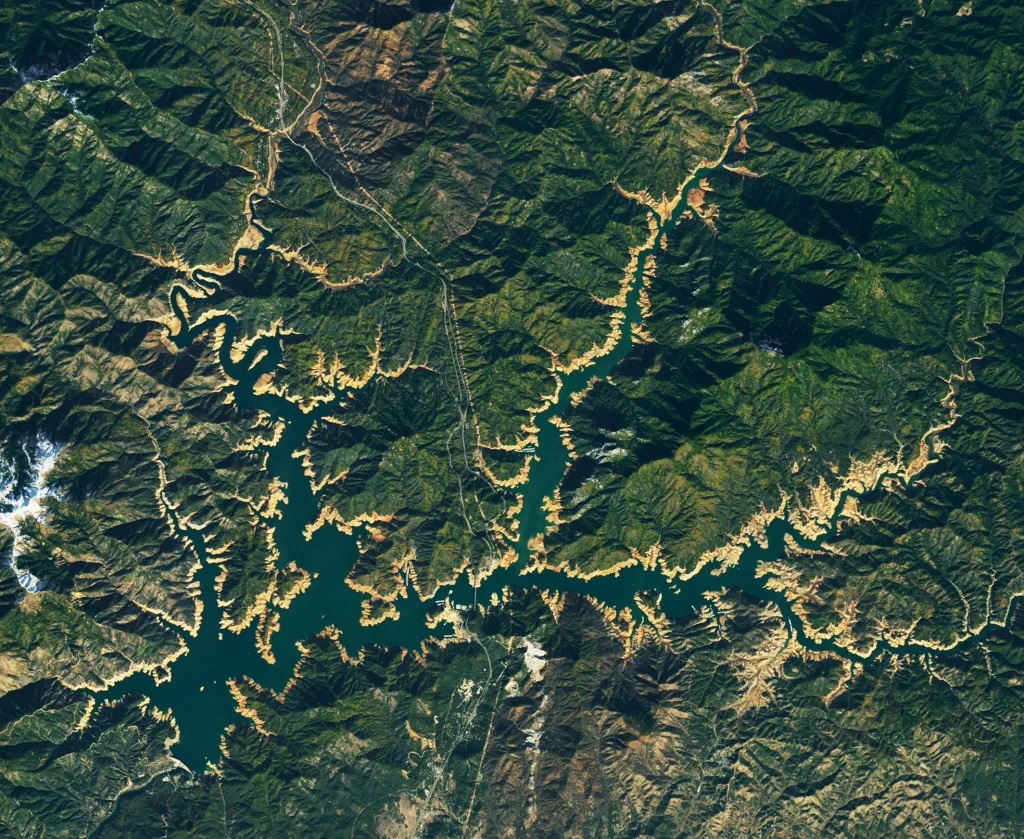
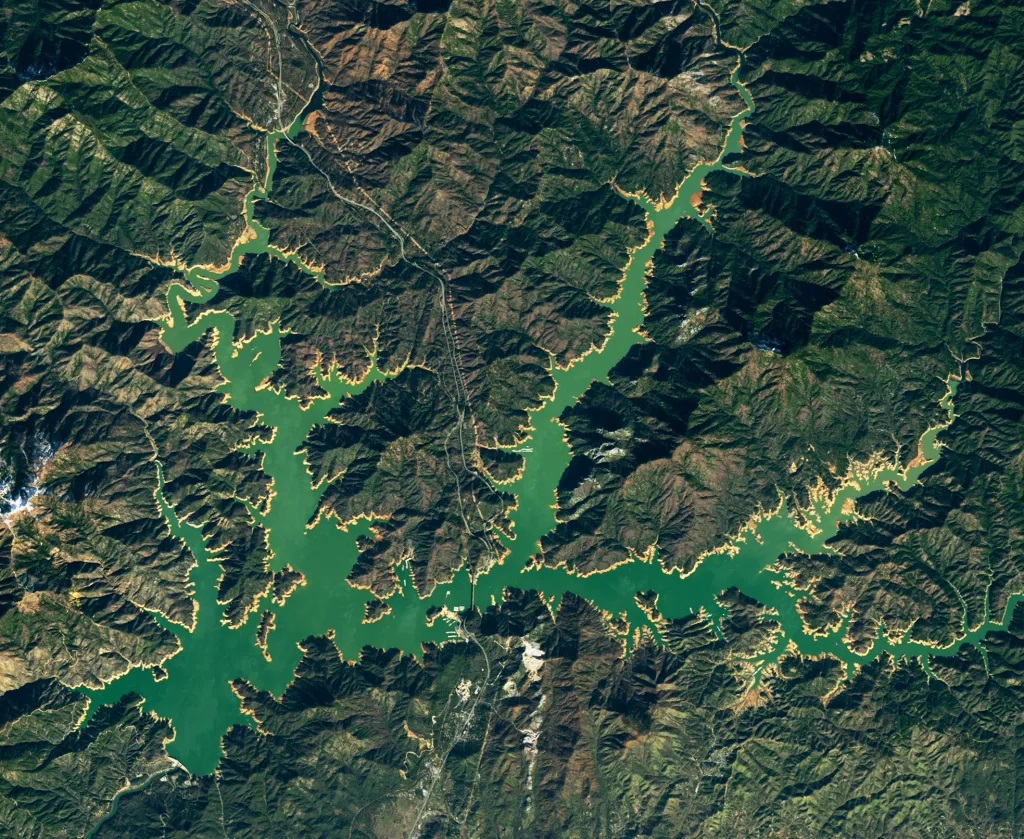
“There’s not much difference between a world without environmental laws and a world where, at the stroke of a governor’s pen, environmental laws are eviscerated,” he said.
But farm groups and water suppliers said the governor’s action could bring needed balance to the Delta.
Sarah Woolf, a farmer in the Westlands Water District in the San Joaquin Valley, said that in the past several years, her family has fallowed roughly half of their land. Her family received zero allocation of Delta water in the last two years and relied almost entirely on groundwater.
Saying that the regulations can be too rigid in dry years, Woolf said the governor’s order could provide flexibility in better managing water supplies.
“We’re hopeful that this results in more water supply for a higher percentage of the contract water we are able to receive,” she said.
Randy Fiorini, a Merced County farmer, said farmers and other water users are routinely deprived of water to protect environmental resources. Now, he said, the governor is tipping the balance in the other direction.
“This gives us the chance to capture as much water now as we possibly can,” he said.
Newsom’s order says: “To ensure adequate water supplies for purposes of health, safety, the environment, or drought resilient water supplies, the Water Board shall consider modifying requirements for reservoir releases or diversion limitations in Central Valley Project or State Water Project facilities.”
His order adds that to enable those actions, two state laws—Water Code Section 13247, which requires state agencies to comply with all water-quality rules, and Public Resources Code, Division 13, which ensures environmental quality, and its regulations—“are suspended.”
The order means it’s likely that the water board will allow more water to be stored later this year in Lake Shasta and Lake Oroville, the state’s largest reservoirs, plus more water to be pumped south into San Luis Reservoir in the San Joaquin Valley. Oroville as of today contains 115.6 percent of its historic average and Shasta is at 88.1 percent. The order also aims to streamline and increase groundwater recharge projects.
In an immediate response to Newsom’s order, the state Department of Water Resources and the U.S. Bureau of Reclamation on Monday jointly petitioned the state water board to loosen the Delta flow rules “to ensure the availability of an adequate water supply while also ensuring protection of critical species and the environment.”
Water board officials said in an emailed statement to CalMatters that they “are reviewing the request carefully, in coordination with the California Department of Fish and Wildlife.” They said the agency’s decision will come “within the next week.”
Newsom has been under heavy criticism in recent years for using his emergency power to issue orders for handling COVID-19, the death penalty and other state issues.
Newsom said in the order that he hopes to help “maintain critical flows for fish and wildlife.”
Storing more water could “protect cold water pools for salmon and steelhead” later in the year, the order says. During drought, low reservoir levels can lead to lethally warm water for salmon when they spawn in the summer and fall. Holding water in reservoirs now may help the ecosystem later with improved water quality, enhanced flows and cold water for reproducing salmon.
But Rosenfield and Obegi said fish need substantial flows now. High river flows push young salmon along in their spring journey from the Central Valley to the ocean, while reduced flows lead to higher mortality.
Put in place decades ago, the Delta flow regulations at stake now are designed to help juvenile salmon reach the ocean and protect the Delta from seawater intrusion, which can occur when flows from the Sacramento and San Joaquin rivers are reduced. Many environmentalists say the flow rules aren’t strong enough to protect fish, while some water user groups say they allow too much water to flow into the ocean.
Triggered by January’s conditions, the rules require that 29,200 cubic feet per second of water flow through the Delta through most of February. But last week, state and federal agencies unveiled a forecast saying flows could drop to 15,000 cubic feet per second. Environmental groups objected in a Feb. 10 letter to the state water board, warning “that the U.S. Bureau of Reclamation and the California Department of Water Resources appear likely to violate the minimum Delta outflow requirements.”
Three days later, Newsom issued his order.
Newsom’s order points out that heavy rains in 2021 were followed by the driest January through March in over a century. A similar pattern, he said, is emerging now, with the December and January storms followed by a dry February, so more water needs to be held back in reservoirs to protect cities and farms from another drought-plagued summer.
“[T]he frequency of hydrologic extremes experienced in the State is indicative of an overarching need to continually reexamine policies to promote resiliency in a changing climate,” Newsom stated.
As of Feb. 14, Delta outflow was measured at 18,000 cubic feet per second, which is just 61 percent of the flow required under the water board’s restrictions.
John McManus, president of the Golden State Salmon Association, said the governor is using excessive executive force.
“Newsom claims he’s using his emergency authority. What emergency is he responding to?” He noted that snowpack is at high levels so it will feed the reservoirs in the spring and provide more water to people and farms.
The January rains were considered a boon for fish and other wildlife. But “now Newsom is stepping in to kill our salmon runs, as well as other wildlife that were hoping to catch a break,” McManus said.
Water providers, however, say that the flow rules are outdated because climate change has dramatically altered water supplies.
Newsom’s order “provides flexibility to manage across all these beneficial uses … whether that’s protecting water supply or the environment,” said Jennifer Pierre, general manager of the State Water Contractors.
“When you’re working with an unknown future, you need to make sure that you’re protecting as best you can your ability to keep your options open through the course of the year,” she said, adding that 2023 “could be a fourth year of drought.”

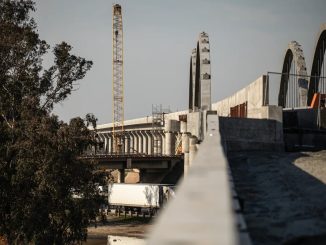
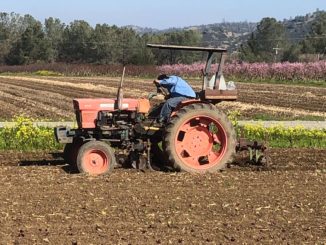
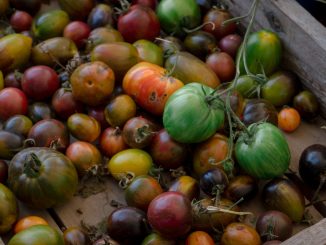
Be the first to comment